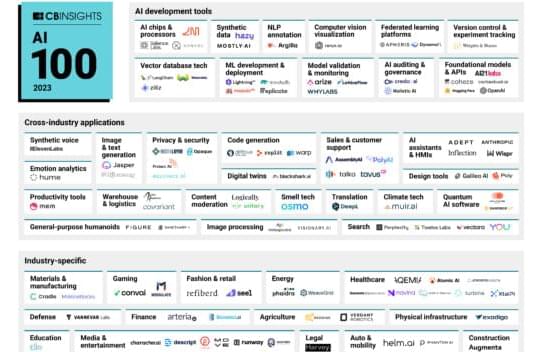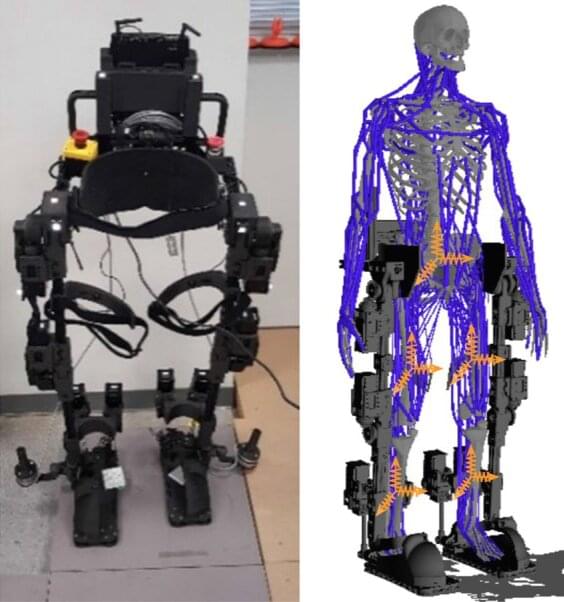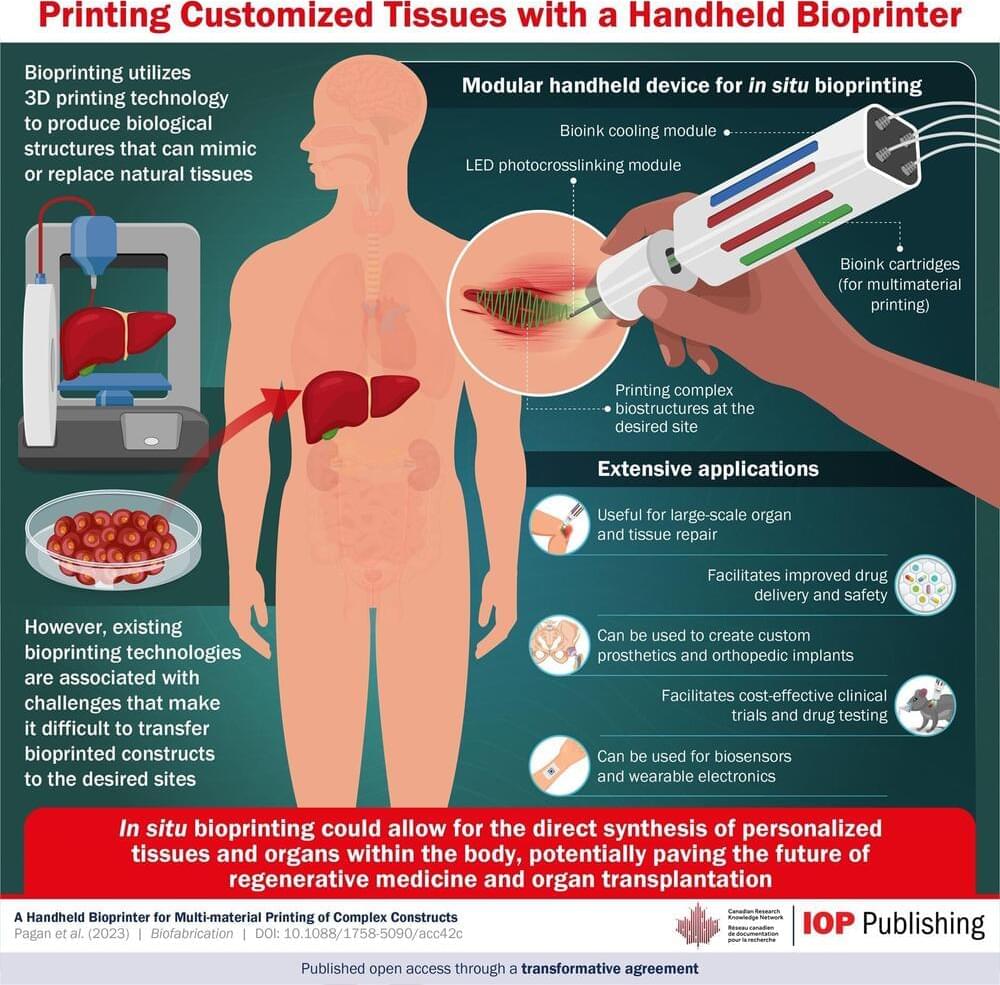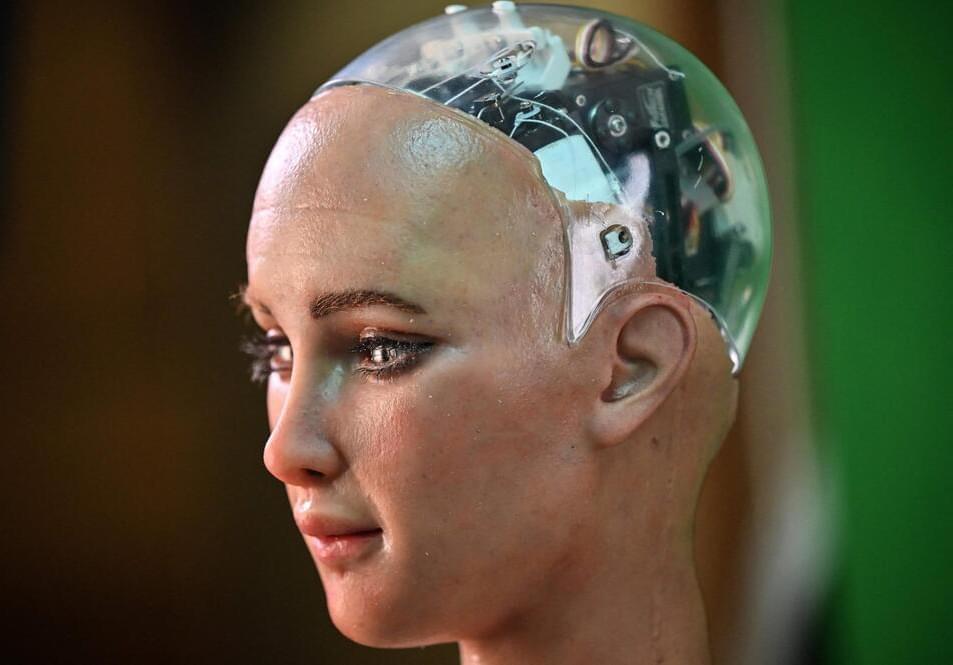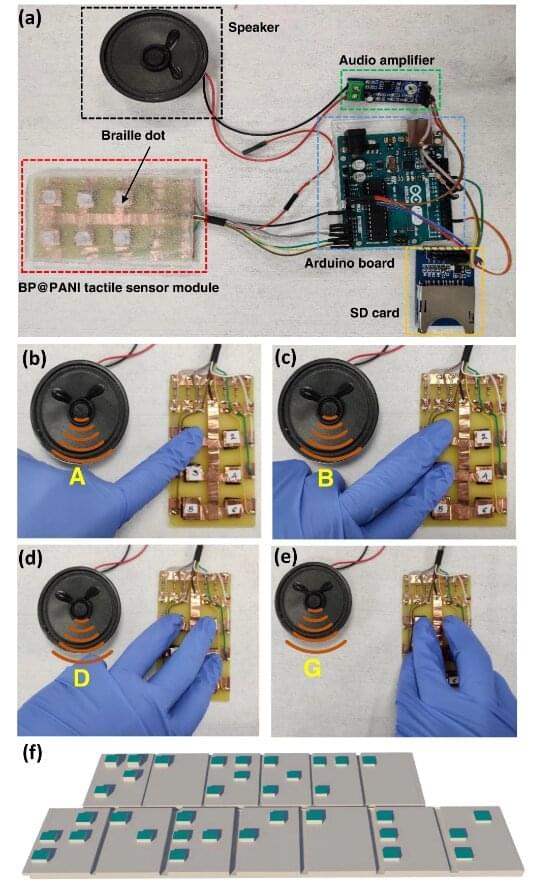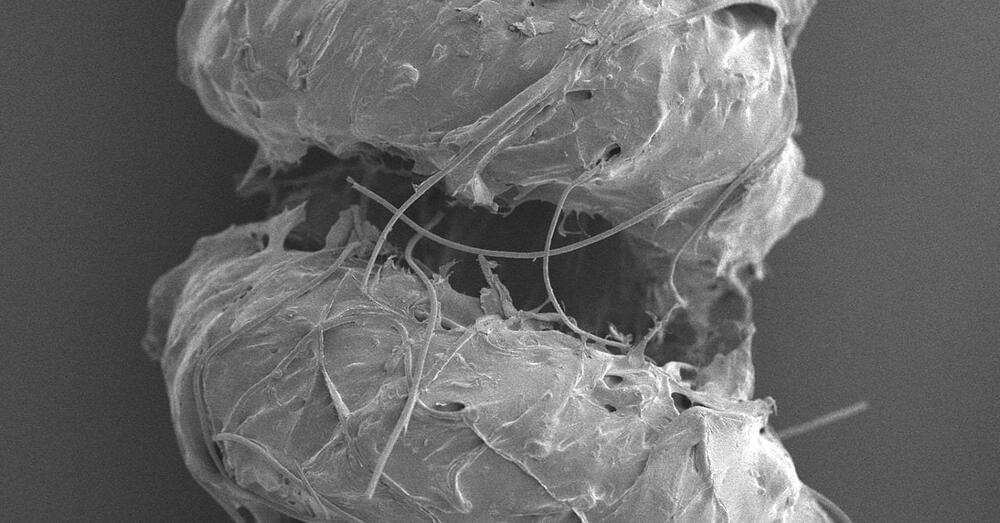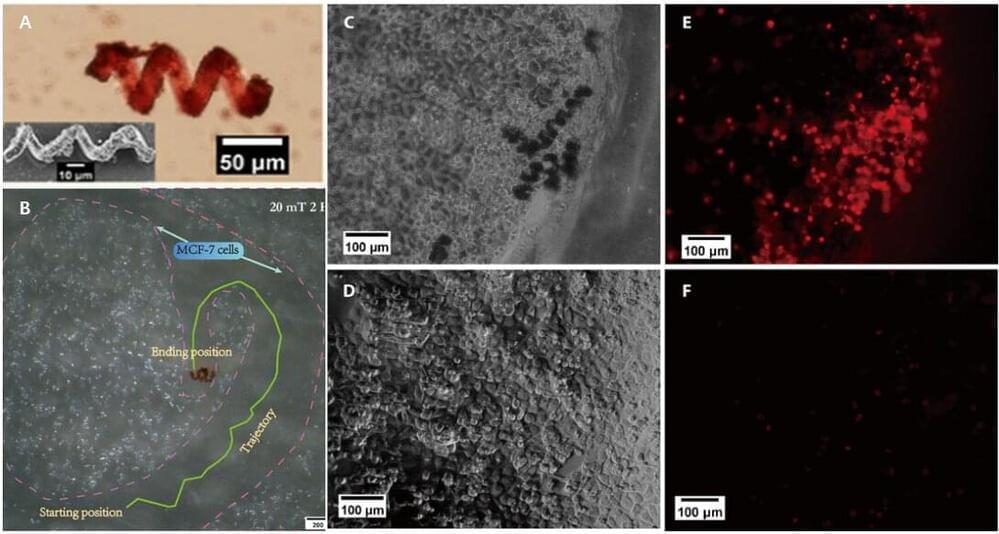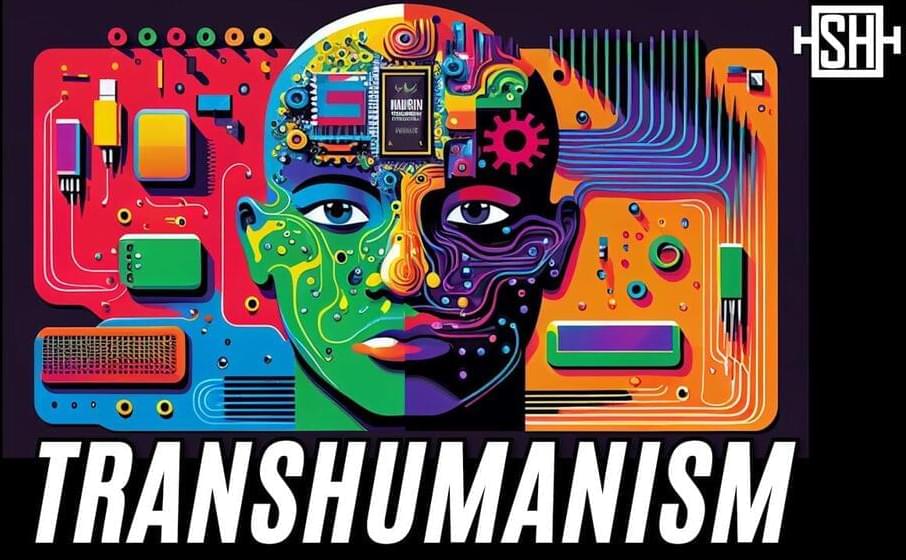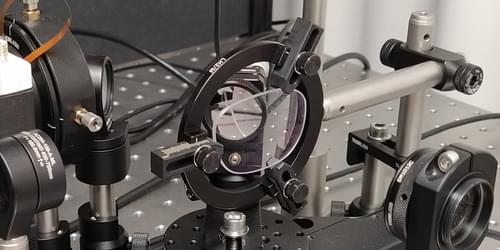Jun 21, 2023
AI 100: The most promising artificial intelligence startups of 2023
Posted by Shubham Ghosh Roy in categories: climatology, cyborgs, robotics/AI, sustainability
CB Insights has unveiled the winners of the seventh annual AI 100 — a list of the 100 most promising private AI companies across the globe.
Around one-third of this year’s winners are focused on AI applications across specific industries — such as visual dubbing for the media & entertainment sector or textile recycling for fashion & retail. A total of 40 vendors are focused on cross-industry solutions, like AI assistants & human-machine interfaces (HMIs), digital twins, climate tech, and smell tech.
Additionally, 27 companies in this cohort are developing tools like vector database tech and synthetic datasets to support AI development.
